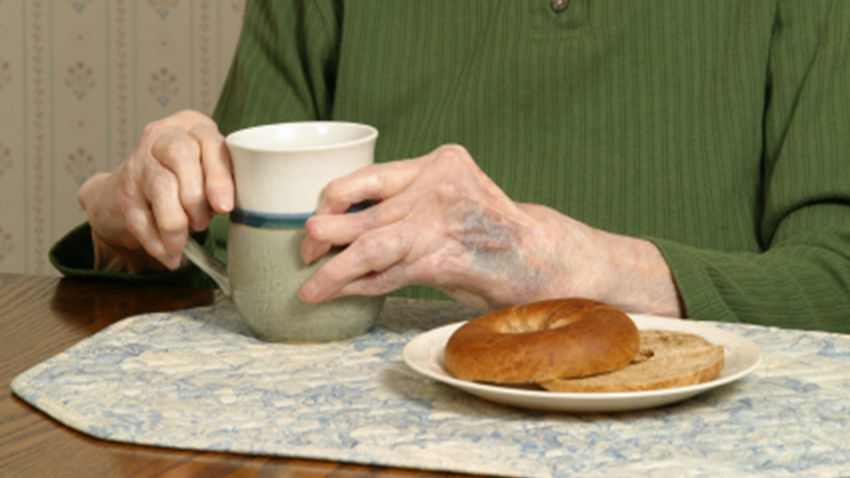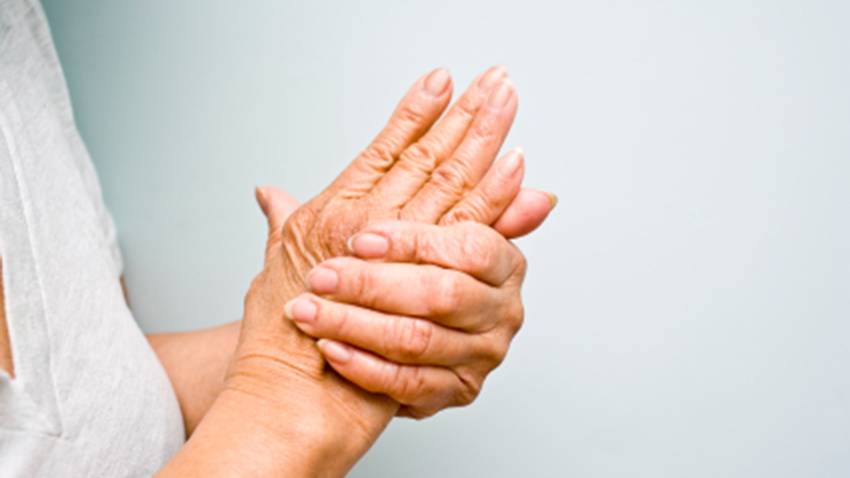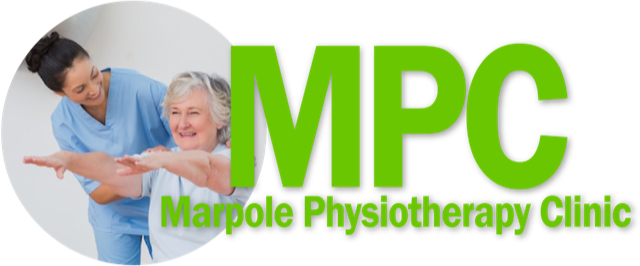Chronic Disease Education
Acute Condition Education
Working with your Family Physician
Working with Allied Care Providers
Trigger Finger

Knowledge is Power.
True/False - Quiz: Do You Understand Trigger Finger?
Information - Trigger Finger
 Trigger finger is compression of the tendons at the base of your fingers. It can occur in any digit. Most patients who have this condition experience pain at the base of the digits, in the palm or in the small joints of the hand. The word “trigger” is used because one of the traditional symptoms is the finger locking, especially when the patient wakes up in the morning. Some patients with advanced trigger finger can’t straighten out the bend.
Trigger finger is compression of the tendons at the base of your fingers. It can occur in any digit. Most patients who have this condition experience pain at the base of the digits, in the palm or in the small joints of the hand. The word “trigger” is used because one of the traditional symptoms is the finger locking, especially when the patient wakes up in the morning. Some patients with advanced trigger finger can’t straighten out the bend.
Trigger Finger Causes & Risk Factors
The tendon that is affected travels through a tunnel at the base of the finger (think of it as the pulley system of the fingers). As constriction occurs, either from swelling of the tunnel or of the tendon, the finger locks up. Trigger finger usually starts in one digit.
It’s not well understood what cause trigger finger. It occurs spontaneously, like many conditions in the hand. It’s not due to anything you’ve done, anything you’ve eaten, or anything you may have taken in the past. People in their 50s and 60s are most commonly affected, although it can occur in younger and older patients as well. There tends to be a slightly higher predominance among women. It can appear in your left hand or your right hand independent of your hand dominance.
Surgery for Trigger Finger
If you have trigger finger, your physician and/or orthopedic surgeon may recommend surgery. This involves an incision in the palm, which causes a scar reaction in the palm due to the glabrous skin (like the skin of the foot). Scarring may get worse for three to six weeks after surgery, and patients may feel tenderness over the incisional site.
 This resolves completely over a period of many months, unless a patient experiences abnormal scarring. If this happens a patient should seek attention from a physiotherapist for scar massage and scar-improvement tools. The majority of patients who undergo surgery for trigger finger have great results, with no recurrence of the condition. It’s very unusual for a patient to develop more than two trigger fingers.
This resolves completely over a period of many months, unless a patient experiences abnormal scarring. If this happens a patient should seek attention from a physiotherapist for scar massage and scar-improvement tools. The majority of patients who undergo surgery for trigger finger have great results, with no recurrence of the condition. It’s very unusual for a patient to develop more than two trigger fingers.
Carpal tunnel release/ Trigger finger release
Following the procedure, a dressing will have been applied. Post operative pain management includes 1000mg of Tylenol or 400 mg of Ibuprofen every 6 hours. These medications can be taken together and it is strongly recommended that you combine the maximum dose of both medications at the same time during the first 24 hours. Move your fingers aggressively so as to create a full closed fist followed be a full open hand. Hand swelling can increase for 2-3 days after the procedure. Do not remove or wet the dressing for 48 hours after the surgery. The dressing can be removed after 48 hours. You may then gently wash the wound with soap and water. Sutures will dissolve internally over several weeks. Do not soak the wound for 2 weeks. A light application of antibiotic ointment (like Polysporin) is recommended. After 2 weeks, begin deeply rubbing the surgical site as hard as you can to help soften the usual hardness that increases around the surgical site for 6 weeks. This will ultimately resolve, but it might take many months.
Main operating room procedures
If you have been scheduled for a procedure in the main operating room, then likely you will have been asked to be fasting from the night before, and to have someone drive you home and be with you for the first 24 hours after surgery. Many procedures are performed after just freezing your arm. If requested, intravenous sedation will be administered so that you may even fall asleep during the procedure. A variety of narcotics are usually prescribed after surgery. Pain management usually starts with maximizing on non narcotics options. This usually starts with 1000mg of Tylenol along with 400mg of Ibuprofen (Advil) every 6 hours. If you are taking another anti-inflammatory (Aspirin, Naprosyn, Voltaren etc), then do not take Ibuprofen. A narcotic analgesic will likely have been prescribed. The most common is Tylenol #3. This medication contains a narcotic (codeine) along with Tylenol. If taking Tylenol #3, then do not take additional Tylenol, but please continue with the Advil. If only taking one tablet of Tylenol #3, then supplement with additional Tylenol up to a maximum of 1000mg every 6 hours. Other narcotics may not contain Tylenol (like oxycodone and hydromorphone), and you should be taking a full dose of Tylenol (1000mg) every 6 hours along with the Advil. Discontinue the narcotics as soon as you can.
Some procedures require immobilization after completion. If you do not have a splint or cast after your surgery, you will be asked to keep your dressing on for 48 hours, followed by light bathing and washing of the wound. Do not soak your wound until after your suture have been removed. If your hand has not been immobilized, it is very important to move your fingers from fully straight to fully bent as frequently as possible.
Talk to your healthcare provider if you'd like more information on trigger finger.
Visit HealthChoicesFirst.com for more videos and resources on orthopedics.
Print this Action Plan and check off items that you want to discuss with your healthcare provider
-
The tendon that is affected travels through a tunnel at the base of the finger (think of it as the pulley system of the fingers). As constriction occurs, either from swelling of the tunnel or of the tendon, the finger locks up. Trigger finger usually starts in one digit.
-
It’s not well understood what cause trigger finger. It occurs spontaneously, like many conditions in the hand.
-
People in their 50s and 60s are most commonly affected, although it can occur in younger and older patients as well. There tends to be a slightly higher predominance among women.
-
If you have trigger finger, your physician and/or orthopedic surgeon may recommend surgery. This involves an incision in the palm, which causes a temporary scar reaction in the palm due to the glabrous skin (like the skin of the foot).
-
Scarring resolves completely over a period of many months, unless a patient experiences abnormal scarring. If this happens a patient should seek attention from a physiotherapist for scar massage and scar-improvement tools.
